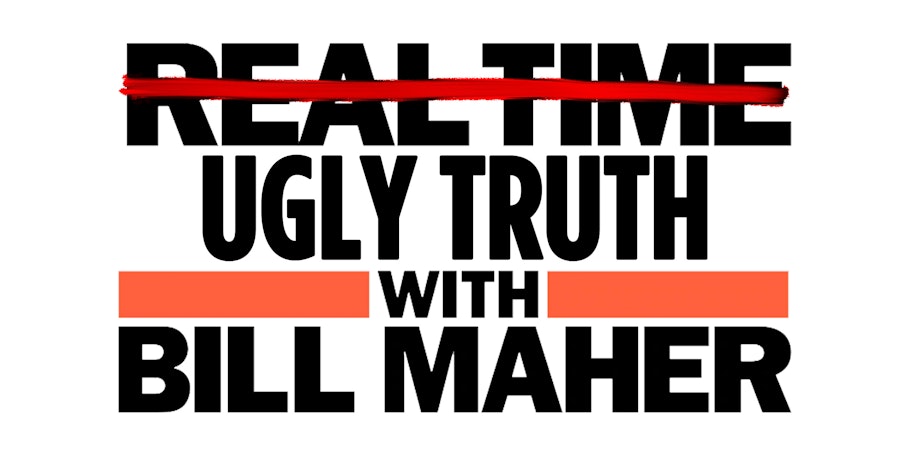Photo: Preview of the the 45th-annual march and how people committed to standing up for the unborn are reaching out to one another.
WASHINGTON — The University of Mary’s Collegians for Life know the power of digital media at the March for Life.
In 2017, more than 600 students helped the university lead the annual pro-life national march, which draws tens upon tens of thousands of pro-life activists to the nation’s capital every year to commemorate the anniversary of the 1973 Roe v. Wade and Doe v. Bolton Supreme Court decisions that legalized abortion in the United States.
But the digital visibility of University of Mary students who told their stories of last year’s march in photo and video posts had an unforeseen, positive impact. The North Dakota university saw an influx of enrolled students who discovered the school from the march, and incoming freshmen swelled the Collegians for Life’s ranks at the beginning of the semester, eager to register for the Jan. 19, 2018, march.
“For our generation and younger, social media is the preferred communication network,” said senior Katrina Gallic, who spoke at the 2017 march and helps run the university’s social-media networks. “It’s how we’re learning about ideas and how we’re learning about each other.”
Over the last few years, the annual March for Life has built digital-media platforms to strengthen the organization’s social, interactive engagement with pro-life activists all over the country. More events on the ground surrounding the March for Life have increased connectivity, as well. In addition to the Jan. 19 rally and march down Constitution Avenue, a conference and youth rally are held Jan. 18.
This year’s theme tying together the 45th-annual march events is “Love Saves Lives.” And March for Life President Jeanne Mancini said digital media play an important role in engaging, educating and activating the pro-life grassroots beyond the march itself.
“We keep it engaging so people are telling their stories,” she said. Pro-life hashtags such as #whywemarch help social-media users see other similar posts and stories from the march. The march’s digital platforms were designed to be as user-friendly as possible, Mancini told the Register. The organization’s website (MarchforLife.org) immediately invites activists to stay connected by email and smartphone, as well as 10 other social-media platforms, and its March for Life app. A “Trip Finder” page lists, state by state, organized groups attending the march and helps connect people interested in traveling with others from their location.
The march’s blog content invites readers to take action in different ways to build a culture of life in their own communities and provides “alerts” to take political action. Video, Mancini said, is key to pro-life outreach, because social networks give it priority. It has become “the new normal.”
Livestreaming on Facebook has also increased the event’s viewership exponentially. Last year, the March for Life, which has trended on Twitter, actually trended on Facebook. Video has helped the pro-life movement convey its positive, life-affirming message people may not see relying only on traditional media reporting.
“Nothing is more convincing than a joyful witness,” Mancini said. Complementing its information about the national march, MarchforLife.org has also compiled a page for visitors who want to know where state and local marches for life may be planned near them.
The March for Life itself will be inviting people into greater activism by highlighting the work of pregnancy-resource centers and maternity homes.
Mancini said digital media will help the march amplify the message of its speakers that love is the “philosophical underpinning of the pro-life movement.”
Matt Lamb Jr., Students for Life of America’s vice president of marketing, told the Register that an “effective social-media presence” is critical for the pro-life generation.
“That is the context for their connection to their peers, their influencers, their jobs and the world at large,” he said.
Lamb pointed to studies that show most millennials check their smartphones before even getting out of bed in the morning.
He explained that the goal in making sure that Students for Life (SFLA) is one of the “first points of contact when they begin their day” — through email, text messages or social-media feeds — is to help pro-life students make that daily commitment to saving lives and changing minds. SFLA wants to keep the momentum going from its national conferences in San Francisco and Washington. SFLA’s engagement across digital channels, such as Facebook, Twitter, Snapchat, Instagram, texting and email, helps turn that energy from the national conferences into sustained local pro-life activity.
Sarah Yaclic, director of the Grotto Network, a digital-media platform for young-adult Catholics, gave high marks for the March for Life’s investment in digital platforms. She explained that themes — such as “Love Saves Lives” — help an organization keep its message focused and not add to the digital noise. But the goal is ultimately to help people go offline, in order to carry out action in the physical world. Digital media are no substitute for real-world relationships or the need to “walk with people” and help them change their minds and their lives. “There’s nothing more powerful than a one-on-one conversation,” she said.
But Lamb said that so-called “slacktivism” — simply sharing about a cause on social media — is part of real-world activism.
“SFLA has seen minds changed and lives of preborn babies saved because of interactions on social media,” he said. SFLA also uses Facebook and Instagram ads targeting pro-choice college students to draw them to pro-life campus events for “one-on-one, in-person conversations with pro-life students.”
“Social media can function as a reminder of pro-life opportunities and as a tool for equipping students with what they can say and how to engage,” he said, “but, ultimately, we hope that they will act on their beliefs in ways that impact mothers and their preborn infants.”
Sometimes, the only way for a person to experience love from the pro-life movement in the real world is a digital connection.
University of Mary’s Gallic agreed. One of her campus friends, who shared pro-life views and information on social media, ended up being the only support for a young woman in a crisis pregnancy facing pressure to abort from her family, friends and boyfriend. Gallic said the mother chose life for her baby, and both women are now friends.
“Because of her witness on that platform,” she said, “another life was saved.”







